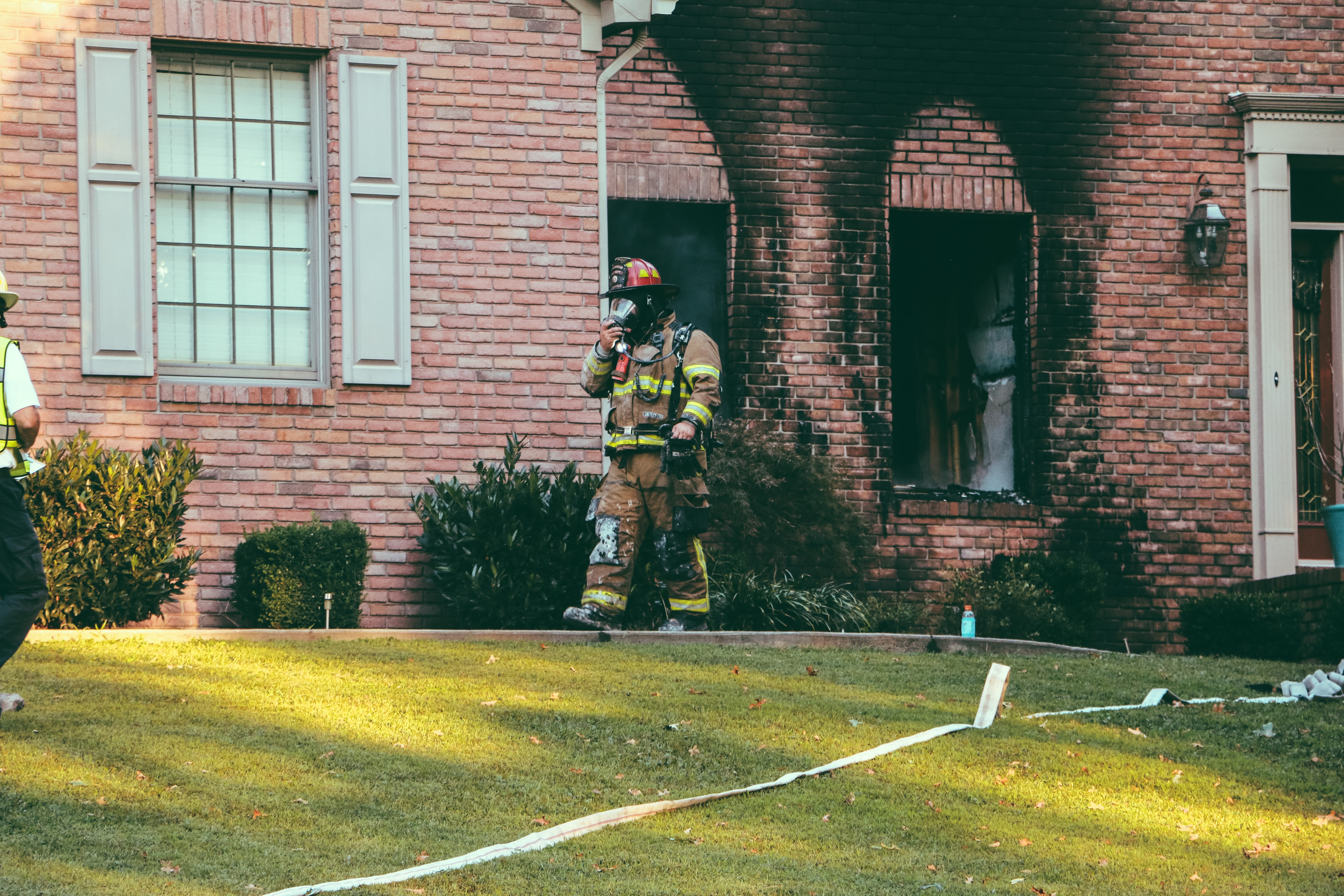For decades now, smoke detectors are required in rental and residential properties for good reason. Since their introduction for everyday use, this one device is responsible for cutting the number of fire deaths by 50%. That is a pretty impressive stat for such a small and (typically) quiet and unnoticed device. In fact, if it were not for the chirp of a dying battery in your smoke detector or an occasional alarm when you burn the bacon, you may forget they are even there.
Also called a smoke alarm, the detector can be categorized into one two types: ionization and photoelectric.
- Ionization smoke detectors have been around longer than photoelectric alarms, yet are still considered proficient at detecting fires and flames.
- Photoelectric smoke detectors are efficient at detecting fires in their early stages.
Ionization Smoke Detectors
Ionization smoke alarms have been utilized for decades to detect fires in advanced stages. An ionization smoke detector is similar to another safety device: burglar alarms which use window sensors. Those burglar alarms operate with two sensors, one on the window and one on the window frame. These two sensors are placed in contact, resulting in a completed electrical circuit. The alarm sounds whenever the circuit is broken. Smoke detectors operate with the same circuit concept, though with an important difference: There is no physical contact between the two sensors.
This is how the smoke detector works. Wires are connected to both the positive and negative ends of a battery, and these wires are also attached to separate electrodes. The electrodes complete a circuit but do not physically touch. The circuit is completed when Americium-241 transforms the air molecules between the electrodes into positively and negatively charged ions which complete the circuit between the two plates.
When smoke enters the smoke alarm, the positive and negative ions are drawn to the smoke and away from the plates, breaking the circuit and setting off the alarm siren.
Photoelectric Smoke Detectors
Photoelectric smoke alarms, also known as optical smoke alarms, alert you when an LED light beam within the alarm device is broken. Photoelectric smoke detectors are able to detect a fire early on, when the fire is still smoldering and before it erupts into full flame.
Photoelectric smoke detectors work in the same way as window or door photoelectric alarms, which pass an invisible beam of light between sensors. When the beam is broken, the alarm is triggered.
A photoelectric smoke detector contains an LED light that projects a beam across the inside of the device. A sensor across the device detects the light, completing the “circuit.” When smoke enters the device, the beam is broken by the smoke. The disruption causes some of the light to be redirected to a different sensor, which then triggers the alarm.
Which Smoke Detector is Right for You?
The National Fire Protection Association recommends both ionization, and photoelectric smoke detectors are installed in the home for optimum protection. Some alarms on the market offer both ionization and photoelectric detection in the same device and may include a carbon monoxide detector.
Recent innovations in battery-powered smoke detectors include the inclusion of a 10-year lithium-ion battery that correlates with the life of the smoke detector. When the battery dies, it is time to purchase a new detector. (No more chirping alarms!) Hardwired smoke detectors connect to standard 120V current and have battery backups.
A major benefit of hardwired smoke detectors is that they can be interconnected, allowing all alarms to sound simultaneously. This is a critical safety feature, permitting the entire household to be alerted if one area of the home is on fire. In some areas, new construction homes may be required by code to have interconnected detectors.
Building codes and state statutes dictate where detectors should be installed and how many you need. If you have any questions, you can check the statutes or call a local master electrician for information and installation services.
Promise Electric is a Sarasota-based electrical services company providing services to both home and business owners.



